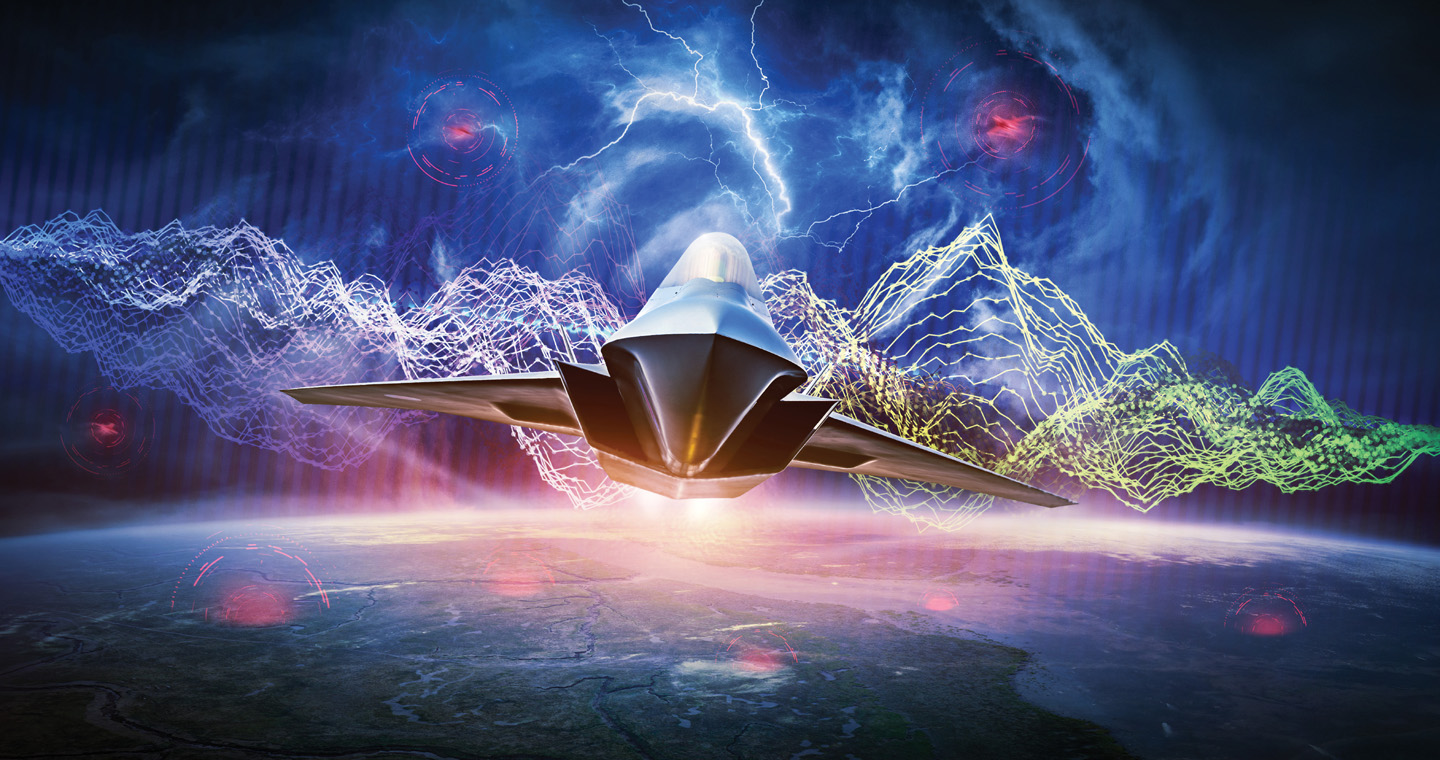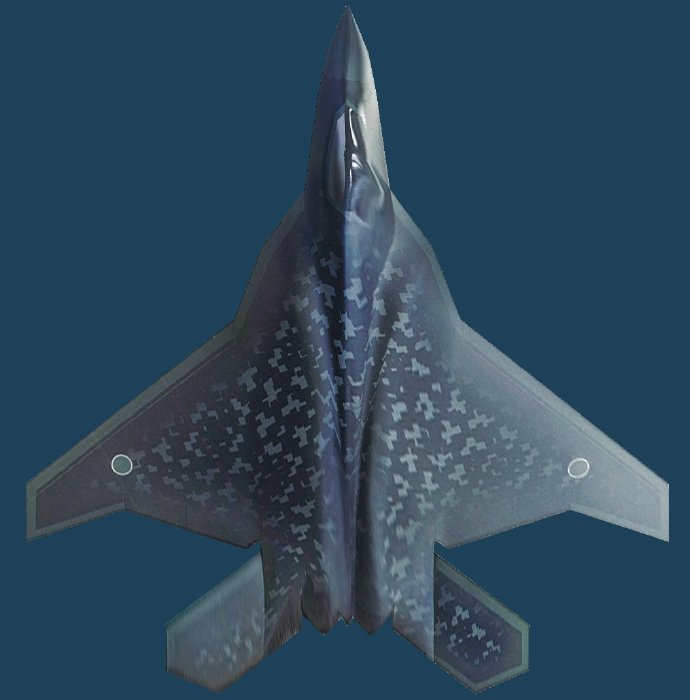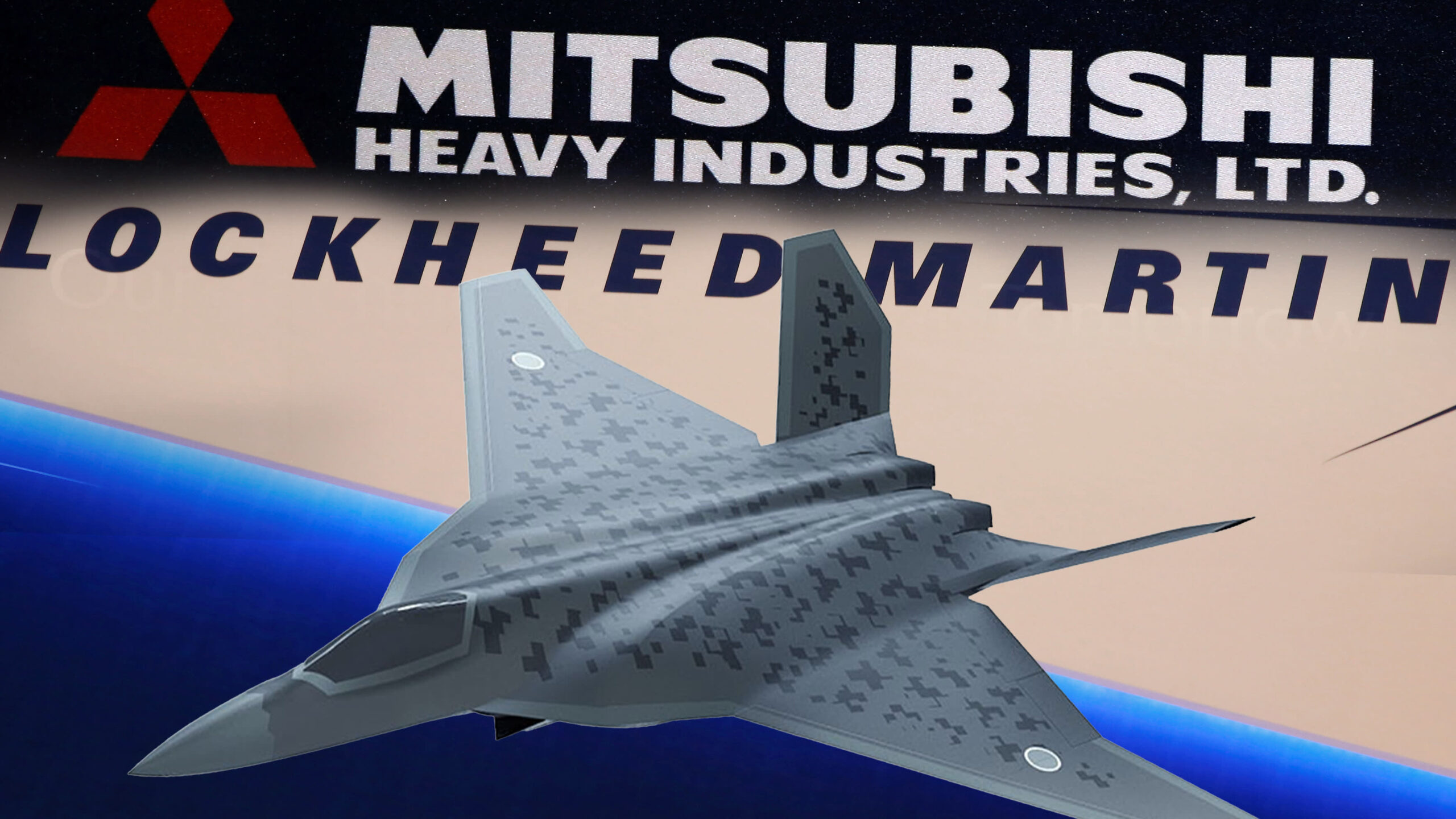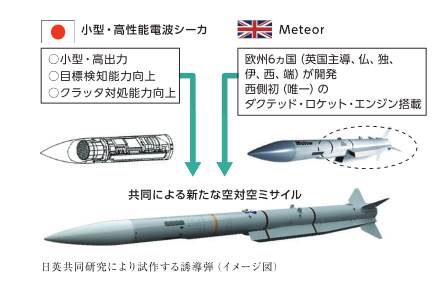F-X: Japan moves away from Lockheed Martin and towards BAE Systems
Negotiations with Lockheed Martin on the development of Japan’s future next-generation fighter, the F-X program, appear to have reached an impasse and Tokyo has decided to change partners.
According to Sankei News, the Japanese Ministry of Defense is changing its policy regarding the development of the future replacement for the Mitsubishi F-2, and is considering moving towards a joint research and development project between Japan and the United Kingdom, centered on BAE Systems, on the British side, and Mitsubishi Heavy Industries (MHI), on the Japanese side.
According to government officials, a formal agreement on the co-development of the F-X will be reached by the end of the year.
Mitsubishi Heavy Industries and BAE Systems would be responsible for aircraft design and systems integration, while IHI (a major Japanese shipbuilding and heavy equipment company) and Rolls-Royce will work together on the next-generation engine, as agreed.
British and Japanese defense authorities agreed in December last year to jointly investigate engine development for the future fighter jet, and were exploring the possibility of jointly developing major parts.
The secret stealth sauce recipe that Lockheed Martin won’t share
Development of the next fighter was intended to be led by Mitsubishi Heavy Industries, with support from Lockheed Martin (LM) as the lead partner, to assist with its expertise in stealth aircraft design and construction.
However, coordination with LM proved difficult and, after gaining the understanding of the U.S. Government, it was decided to shift the focus of the main partnership to the United Kingdom. However, from the point of view of interoperability, MHI will continue to collaborate with the United States in particular for the joint development of unmanned aerial vehicles.
All indications are that the biggest stumbling block the Japanese encountered was Lockheed Martin’s reluctance to share certain key expertise that goes to the heart of their stealth technology, which is what their technical assistance was sought for, in the first place.
One joint development program leads to another
The relationship around the F-X, between Japan and the UK, has been forging for some time.
One could say that it was born with the Joint New Air-to-Air Missile (JNAAM) program, which seeks to develop an air-to-air missile that integrates the Meteor’s ramjet engine with the advanced AESA active radar seeker developed by Mitsubishi Electric Corporation for Japan’s national medium-range missile, the AAM4.
Then came the agreement with Rolls Royce for the joint development of the sixth-generation engines that will equip the future Mitsubishi F-3 and Tempest.
Then came the JAGUAR project, which seeks to develop a new type of universal radio frequency sensor technology, which would allow better detection of future threats, originating from the air, land or sea, and their rapid and precise localization, while attacking enemy surveillance systems. This technology should also equip the Tempest and F-X.

After so much cooperation, the Japanese Ministry of Defense’s decision to replace Lockheed Martin with BAE Systems as the main partner seems almost natural. Although the U.S. company will continue to have some minor involvement in the program.
Japanese or multinational fighter?
In the earlier stages of the project, Mitsubishi Heavy Industries was the prime contractor and project leader, with Lockheed Martin simply providing technical expertise.
Now, however, if the agreement becomes a joint research and development project between Japan and the United Kingdom, Tokyo may have to share the controls of the program with London, which could lead to a full-fledged merger of the Tempest and F-X programs.
If both models share common engines, sensors, armament, design and manufacturing elements, the differences between the Tempest and F-X could be blurred until they disappear. Essentially, they could be the same aircraft.
See also: Italy shows interest in participating in the Japanese F-X program. What about Tempest?
What about the other Tempest partners, Italy and Sweden, in the event of a possible merger? In the middle of last month we reported on the Italian Defense Minister’s interest in the possibility of his country joining the F-X program. These statements must have been neither casual nor innocent, and may indicate that what is really being sought is for Japan to join as the fourth partner in Team Tempest.

/https://aviacionlinecdn.eleco.com.ar/media/2021/07/Mitsubishi-F-X.jpeg)



Para comentar, debés estar registradoPor favor, iniciá sesión